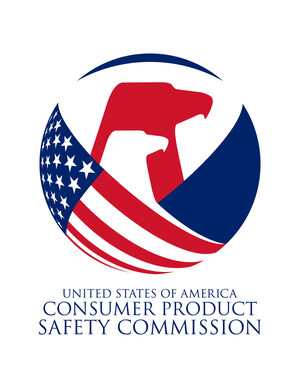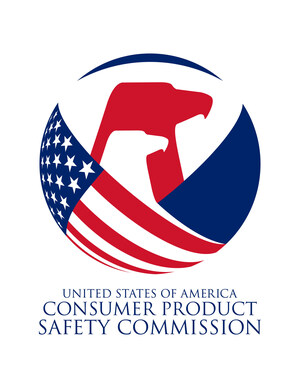WASHINGTON, Aug. 7, 2019 /PRNewswire/ --
August 6, 2019
The Office of the Governor
Dear Governor:
I am writing to seek your assistance in protecting consumers in your State from a serious hazard associated with residential elevators. Specifically, some elevators installed in your jurisdiction may have excessive space between the elevator car door/gate (car door) and the hoistway or swing door (hoistway door). In some installations, the space between the elevator car door and hoistway door is large enough to allow children to fit between the closed doors. If a child becomes trapped in the space when the elevator is called to another floor, the child may be dragged inside the hoistway and crushed against the next floor's sill. The U.S. Consumer Product Safety Commission (CPSC) staff is aware of a total of nine (9) incidents associated with this product, including five fatalities involving entrapments between car and hoistway doors of residential elevators and a sixth where a toddler was trapped beneath the elevator.
The current version of the relevant safety standard, ASME A17.1-2016 Safety Code for Elevators and Escalators, limits the space between the car door and hoistway door to less than four inches. When reviewing a petition for a federal standard in 2017, the Commission concluded that the 4-inch standard would adequately address the risk of injury and would be widely complied with. However, more recent information indicates that some States have not updated building codes to incorporate the 2016 standard, and other States are not inspecting residential elevator installations to ensure that the relevant standard is being adhered to.
Last week I issued a safety alert (attached below) to consumers about the hidden hazard of residential elevators. For our part, CPSC will continue its investigations into this matter. Given the critical role of installers on the safety of this product, we are asking for your help in reviewing your requirements and procedures, to ensure that residential elevators are installed correctly and do not have a hazardous gap.
Should you have any questions on this matter, please feel free to contact my Acting Director for the Office of Hazard Identification and Reduction, Duane Boniface, at (301) 504-7671 or at [email protected]. I thank you in advance for your assistance with this matter.
Sincerely,
Ann Marie Buerkle
Acting Chairman
Statement of Acting Chair Ann Marie Buerkle
Safety Alert to Protect Children from a Deadly Gap between Doors of
Home Elevators
August 1, 2019
Today, the Accessibility Equipment Manufacturers Association (AEMA) and the National Association of Elevator Contractors (NAEC) join me in warning consumers with home elevators and visitors to homes with elevators to protect small children from a deadly gap that may exist between the doors. The distance between the inner elevator car door and the room access door (hoistway door) on home elevators may be too wide, allowing a small child to enter the space and close the room access door without opening the elevator car door. If this happens, the child can be seriously injured or killed when the elevator moves.
Residential elevators are commonly found in multi-level homes, townhomes, vacation homes and rentals, and in large homes that have been converted to inns or bed-and-breakfast hotels.
CPSC is aware of several tragic incidents in which children became entrapped between the doors leading to death, serious fractures, traumatic asphyxia, and lifelong injuries.
We are urging consumers to have a qualified elevator inspector examine their home elevator for this dangerous gap and other potential safety hazards, inspecting to the latest safety standard, ASME A17.1-2016, Safety Code for Elevators and Escalators.
Dangerous gaps can be eliminated by placing space guards on the back of the room access door or installing an electronic monitoring device that deactivates the elevator when a child is detected in the gap. We also urge consumers to contact their elevator manufacturer or an elevator installer to obtain these critical safety devices and protect children from this hidden hazard.
We advise consumers to report any safety incident involving residential elevators at: www.SaferProducts.gov.
Contact: Joe Martyak
Office: 301.504.7599 Mobile: 703.403.1111
SOURCE U.S. Consumer Product Safety Commission

Related Links
WANT YOUR COMPANY'S NEWS FEATURED ON PRNEWSWIRE.COM?
Newsrooms &
Influencers
Digital Media
Outlets
Journalists
Opted In





Share this article